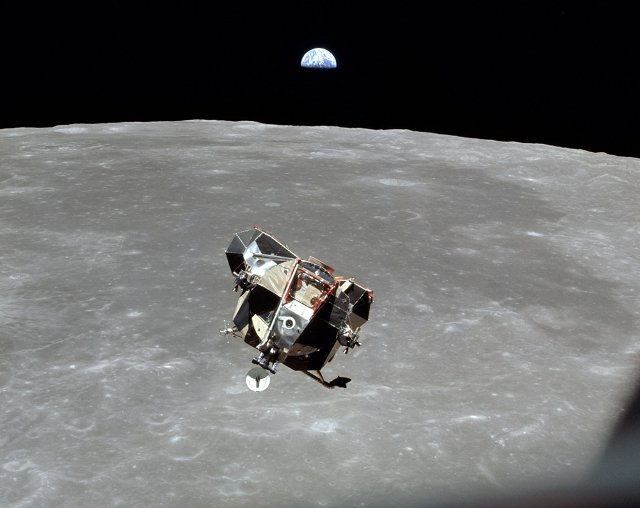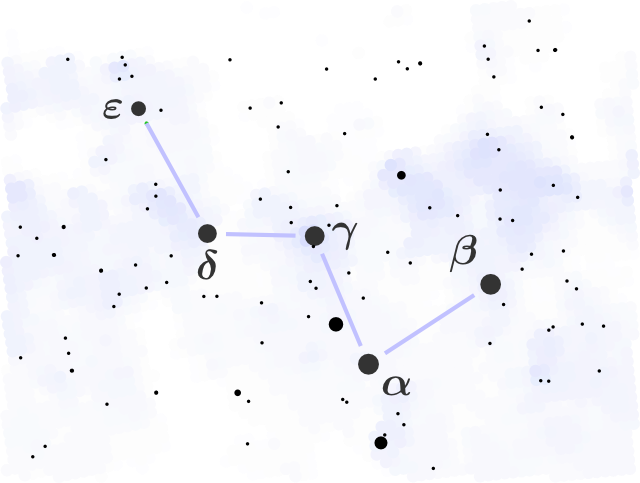Traditionally human beings are traditionally said to possess five senses: sight (vision), hearing (audition), touch (tactition), taste (gustation) and smell (olfaction).
But you have many more senses that aren’t included in the list above.
You have a sense of balance* (equilibrioception) because your ear contains three semicircular “canals”, two of which are oriented at right angles to each other and the third which is at a 30° angle to the others. When the head moves in the x, y and z planes (i.e. roll, pitch and yaw) the liquid (endolymph) contained in these canals lags slightly behind. This causes hair cells (cilia) contained in a vessel at the end of the canal to bend and this sends a signal down the vestibular nerve to the brain. If you spin around and then stop the liquid continues to move for a short while and the confusing signals the brain receives is what causes dizziness.
Your sense of pain (nociception) is not, as many people think, connected to your sense of touch. Special sensors called nociceptors, located in the skin, the lining of bones and elsewhere react to certain types of stimuli. Once the stimuli reaches a given point (the “pain threshold”) a signal of varying strength (depending on the stimuli) is sent to the brain via the spinal column. The reason that you instinctively grab an injured body part is that there is only so much bandwidth available in your nervous system to send signals to the brain, and when you grab something there is less room for pain signals as the body needs to make room for the touch signals.
You are able to sense temperature (thermoception) because of specialised sensors in the skin called thermoreceptors that detect the movement of thermal energy. You also have a different type of thermoreceptor in the hypothalamus of the brain that detect the body’s internal temperature and regulate sweating, shivering, etc.
Your sense of the passage of time (chronoception) isn’t controlled by a specific part of the brain, but is thought to be as a result of the interaction of the cerebral cortex, cerebellum and basal ganglia in the brain. Another part of the brain, the suprachiasmatic nucleus, is responsible for controlling your circadian rhythms, the daily cycle of body temperature, blood pressure, wakefulness, sleep, etc. One of the main inputs (zeitgebers) that controls the body’s circadian rhythms is the presence or absence of sunlight.
If you close your eyes you are still able to touch the tip of your nose because of your sense of proprioception: the sense of where your body parts are located relevant to each other. This connects with your vision to provide eye-hand coordination.
Your body constantly monitors the amount of oxygen and carbon dioxide in the brain using chemical sensors in the brain called peripheral chemoreceptors which provide a sense of suffocation if these percentages get too high.
You also have a number of senses that detect stimuli within the body: chemoreceptors in the body monitor salinity and create a sensation of thirst when levels are too high†, and sensory receptors also provide sensations when swallowing or vomiting and which control the body’s gag reflex. The chemoreceptor trigger zone in the brainstem’s medulla oblongata monitors drugs and hormones in the blood and induces vomiting when necessary, for example during food or alcohol poisoning. There are also receptors in the bladder and bowels that control the need to excrete waste and stretch receptors in the stomach and intestines that sense distension due to the presence of excess gas.
There are also a number of senses that humans do not possess, but which are possessed by other living things.
Bats, dolphins and some other animals use echolocation to sense the position of objects by measuring the reflection of sound waves from those objects. Some profoundly blind humans have also been suggested to possess this sense.
Some aquatic animals, most notably fish, have a sense of electroreception that enables them to sense electricity and to navigate by using the fact that water conducts electricity and other substances (rocks, riverbeds) do not. No land-bourne animals are known to possess this sense which is unsurprising considering how poorly air conducts electricity.
Magnetoception is the ability to detect magnetic fields that is possessed by some bacteria and which is thought to allow insects (such as honeybees), birds and other animals (e.g. turtles, stingrays) to navigate.
Some insects have the ability to use the polarisation of light to navigate and spiders have slit sensillae in their exoskeletons that detect strain, enabling them to detect forces and vibrations in their webs. Plants are also able to detect the direction of gravity, enabling them to grow upwards towards light sources.
* Your sense of balance is also responsible for your sense of acceleration and for your ability to know which way is down (i.e. which way the gravitational field points at your location).
† These sensors also provide a sense of thirst in diabetics when sugar levels are too high.

![]()


